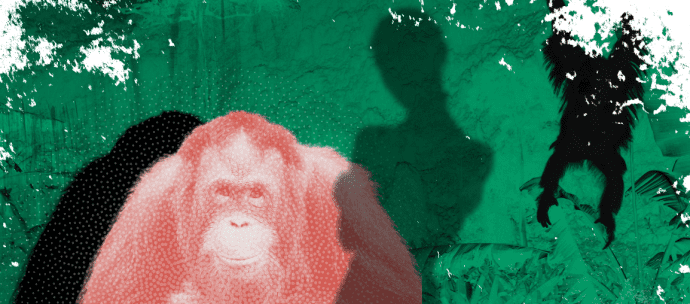Manila, 28 October 2017 (CMS): World governments attending this year’s largest wildlife summit have collectively endorsed actions on the conservation of a wide range of migratory species, many of which are near-extinct.
The week-long CMS COP12 ended in Manila today with decisions on 34 species in submissions made by 24 Parties from Asia, Africa, the Americas, Europe and Oceania.
These include actions on Africa’s great carnivores, 10 species of vulture, and the endangered Whale Shark, known as the butanding in the Philippines.
Game changer
“The Conference in Manila has been a real game changer for the Convention. An intensive week of negotiations have resulted in a stronger commitment by countries to step up their efforts to conserve the planet’s migratory wildlife. Thanks to the collective efforts of all, the Convention now has a compliance review mechanism and has adopted species that test the boundaries of international wildlife conservation”, said Bradnee Chambers, Executive Secretary of CMS.
Governments also agreed to cooperate on reducing the negative impacts of marine debris, noise pollution, renewable energy and climate change on migratory species.
The Twelfth Session of the Conference of the Parties to the Convention on the Conservation of Migratory Species of Wild Animals (CMS COP12) took place in Manila, the Philippines from 23 to 28 October 2017 under the theme ‘Their Future is Our Future – Sustainable Development for Wildlife & People’.
COP12 saw some notable outcomes, including:
- All fish proposals being endorsed, which means three species of shark and three species of ray will receive greater protection with the Whale Shark on Appendix I and the Angelshark being listed on both Appendices. The Dusky Shark, the Blue Shark, the Common Guitarfish and the White-spotted Wedgefish are listed on Appendix II.
- All avian species proposals have also been approved for addition to CMS Appendices. On Appendix I are the Steppe Eagle; four species of Asian Vulture, five Sub-Saharan Vulture Species, the Lappet-faced Vulture and the Christmas Frigatebird. A subspecies of the Black Noddy, the Yellow Bunting and the Lesser and Great Grey Shrike are now listed on Appendix II.
- For the first time, the Giraffe will receive protection under an international treaty with a listing on CMS Appendix II. Although populations in many Southern African countries are thriving, they are in overall decline across Africa with less than 90,000 animals remaining in the wild.
- The Leopard and Lion will also be listed on CMS Appendix II, paving the way for a joint initiative on protecting Africa’s great carnivores. The African Carnivores Initiative will become a focal point for the implementation of resolutions and decisions on lions, leopards, cheetahs and wild dogs under CMS and CITES, the Convention on International Trade in Endangered Species.
- The Chimpanzee is now listed on both CMS Appendices. Humans’ closest relative is facing a 50 per cent drop in numbers over three generations and rapid habitat loss, especially in the western and eastern parts of its historic range.
- The near-extinct Gobi Bear is included on Appendix I. Only 45 individuals of the Gobi subspecies of the Brown Bear remain in the wild, shared between Mongolia and China.
- The Caspian Seal is included on both CMS Appendices. It is the only marine mammal found in the world’s largest inland sea, where its migration is prompted by ice formation and foraging.
Læs den fulde pressemeddelelse og se resultaterne i nedenstående link.















